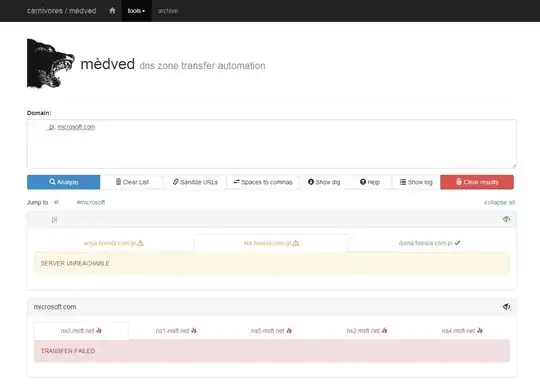Mail exchangers, SPF, and others
Although it seems obvious, I find the hardest part about moving a domain is usually something related to the email setup. To this end, maybe it would help to know about the ANY, TXT, MX and SOA options in dig, as I didn't see this mentioned as yet by anyone. While I wouldn't recommend anything other than getting the zone-file straight from the horses mouth, if you are in desperado mode and feel the need for speed you might wanna try mx, soa, txt, and any options, but you will miss all sub-domains in my case it is not obvious to discover the sub-domain lists.triptonites.com which requires mail service.
Notice how the following all give slightly different info that is not obvious
dig any triptonites.com # mite not work
dig mx triptonites.com # for email to work
dig soa triptonites.com # for email abuse / admin
dig txt triptonites.com # for SPF authentication / anti-spam
dig any lists.triptonites.com # shows RFC8482 warning sometimes / always
dig mx lists.triptonites.com # etc as above it shows you'd likely miss records trying to hack this info out
dig soa lists.triptonites.com
dig txt lists.triptonites.com
These all give useful info that could get missed from a casual hack using nslookup and dig etc.
Also, I did it too many times and the server gave an abuse response:
lists.triptonites.com. 3789 IN HINFO "RFC8482" ""
This is another sign this approach is a bit wrong/risky, it's not the correct reply, it's a message about minimal replies and that I should try these using mx, txt and soa instead of any.

